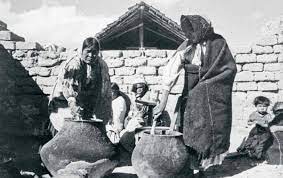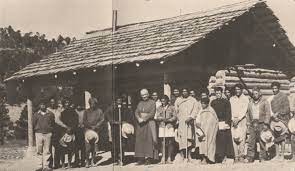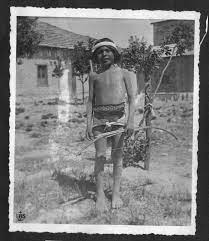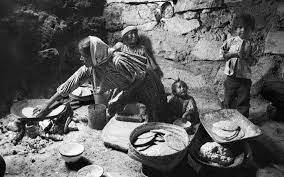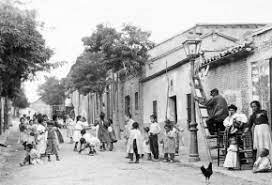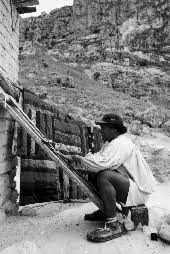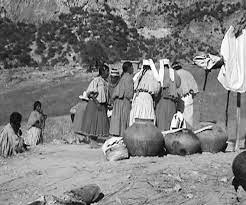The story of "Seegórachi" and how it was later called "Creel".
- Equipo Creel Sierra Tarahumara
- Oct 9, 2023
- 2 min read
The story of Creel and Seegórachi
The magical town of Creel, located in the state of Chihuahua, Mexico, has an interesting history that dates back to the last decades of the 19th century. Originally known as Seegórachi which means "place of tadpoles" in the Rarámuri language, a small indigenous ranch, apparently with a lot of water at that time, the place began to attract mestizo people who were dedicated to temporary agriculture and cultivation of cereals for self-consumption, as well as the raising of farm animals.
However, with the construction of a railroad that crossed the Sierra Madre Occidental and the arrival of the Kansas City-Mexico and Oriente Railway, Segórachi stopped being a simple ranchería to become a small but prosperous commercial town. The arrival of the railroad attracted people from all over the Mexican Republic, who hoped to find development opportunities in the place.
The project to build a railway that would connect Chihuahua with the Pacific Ocean was proposed by the Frenchman Hipólito Pasquier de Doumartin in 1849. Despite the challenges presented by the geography of the area, the Sierra Tarahumara turned out to be the option more viable to carry out the project. The idea was supported by state leaders, especially by the famous magnate and politician Enrique Creel, who welcomed its implementation.
The project was in line with the idea of a "civilization" model that sought to colonize, acculturate and "whiten" some areas of the state of Chihuahua, inhabited mostly by the indigenous population through proposals and legal edicts such as the "Law of 1906" and the "Law for the Improvement of the Tarahumara Race". The objective was to insert a white population from abroad, especially French and English, into the state territory to achieve this objective.
The railway line reached Segórachi in April 1907, but the new train station did not come into operation immediately. Finally, the town was officially inaugurated on May 26, 1907 as a station for the Kansas City-Mexico and Oriente Railway and baptized as "Estación Creel", in honor of the governor of the state of Chihuahua, at that time: Enrique Creel.
In the following decades, with the logging industry, with the completion of the Creel-Los Mochis railway section, the growth of the mining industry and more recently with tourism; The town of Creel continues to consolidate itself as an important and influential place in the Sierra Tarahumara region and faces great challenges such as the care and sustainable management of the environment and respect for indigenous peoples and territories.
Interesting, right? So now you know, on your next visit to Creel, remember that at some point in history it was called Seegórachi, "place of tadpoles", talk about it with the locals during your visit. Leave us your comments.
Remember to follow us on all our social networks!
We leave you sources for your further information.
Reyes, Irma Gabriela Fierro, et al. "Creel, Chihuahua." Magical towns: 47.
Burgess, G. and D. Burgess. (2014). The challenge of the Sierra Tarahumara: The construction of the Chihuahua to Pacific Railway. New Mexico: Barranca Press.
García, R. L., & Herrera, C. G. (2000). Civilize or exterminate: Tarahumaras and Apaches in Chihuahua, 19th century. Ciesas.
Sariego, J. L., and A. García (eds.). (2016). Creel. Brief social history of a magical town. Mexico: National Institute of Anthropology and History.


